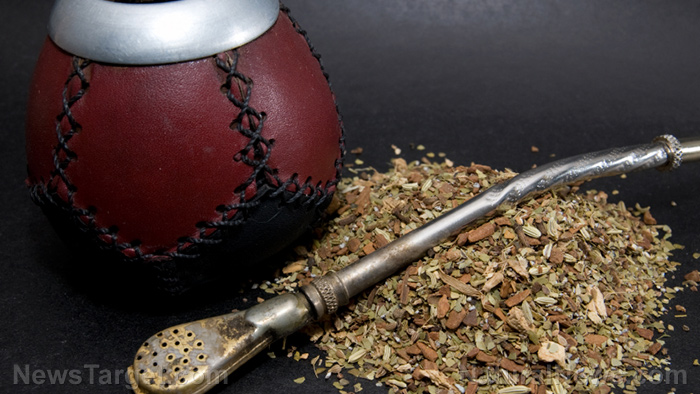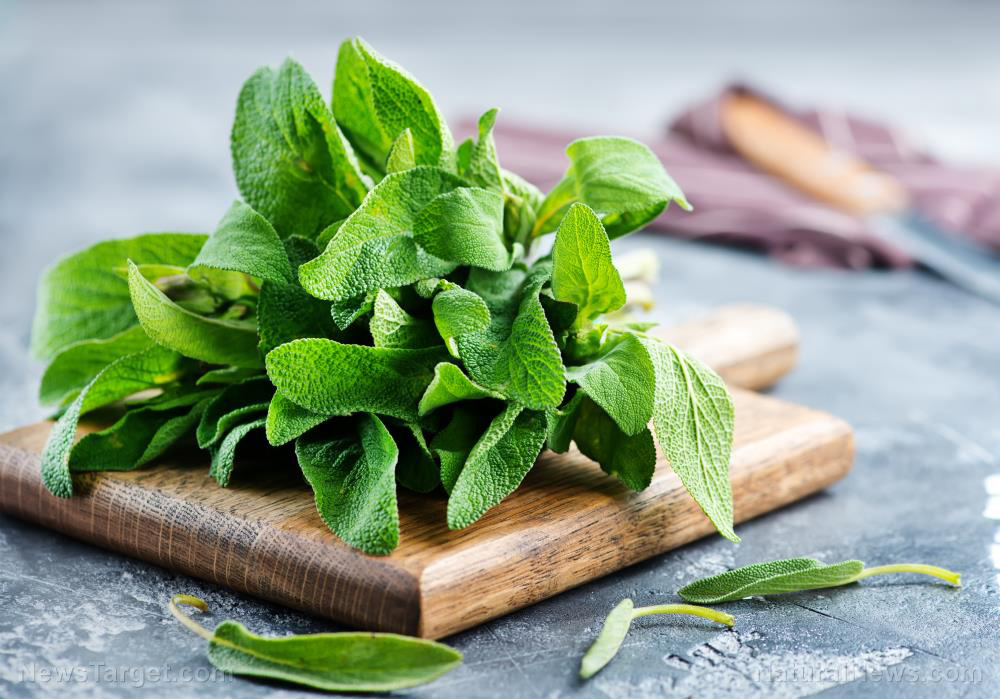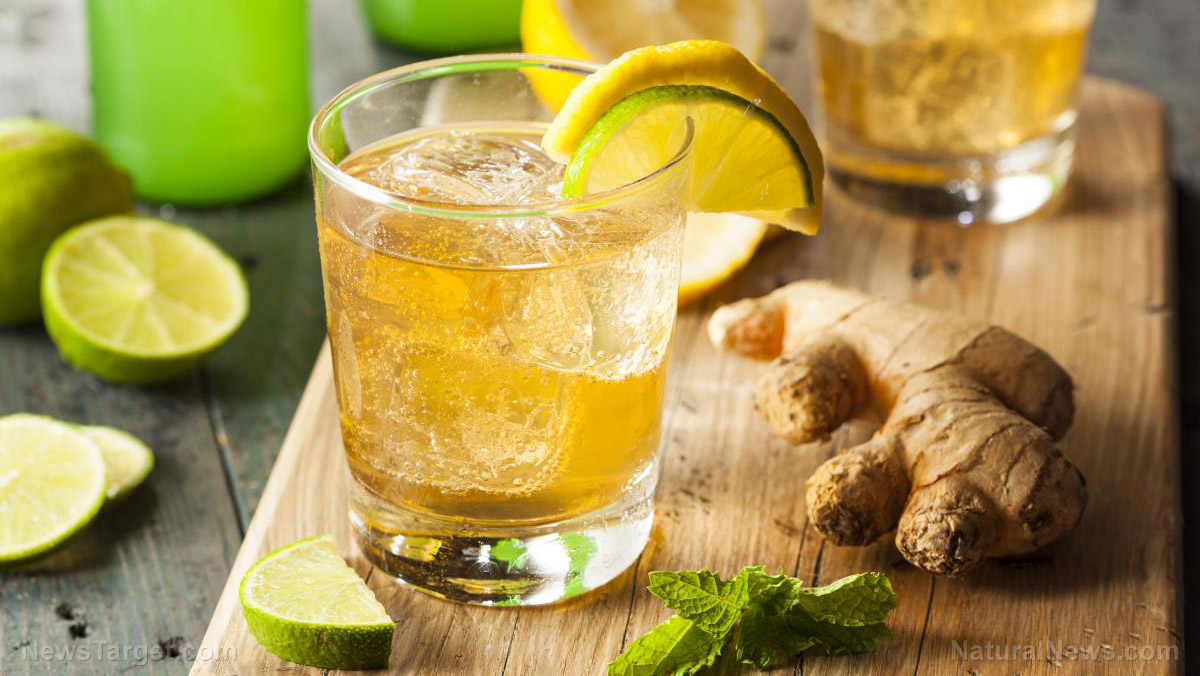
Advertisement
The guayusa (Ilex guayusa) is native to the South American countries of Bolivia, Colombia, Ecuador, Peru and Venezuela. Its name comes from the term “guayusa,” the herb’s name in the Kichwa dialect – one of many in the Quechua language group spoken by indigenous South American peoples. Pouches of guayusa leaves were among the items found in the Niño Korin tomb in Bolivia, believed to be owned by a traditional healer from a pre-Incan culture.
Guayusa’s beneficial properties have been recorded in history. Jesuit Juan Lorenzo Lucero described how the Jivaroan peoples of Ecuador used the herb in an August 1683 letter to the Viceroy of Peru. The priest wrote: “To maintain themselves at their best, [the Jivaroan peoples] were accustomed to drinking a decoction of an herb called guayusa … several times daily.” He added that drinking the guayusa concoction also helped Jivaroan warriors to remain alert while guarding their settlements.
Father Pablo Maroni later wrote in 1738 how he and his fellow missionaries used guayusa to relieve their stomach problems: “Our missionaries frequently use for this ailment the leaves of a plant called guayusa. With the decoction of these leaves taken daily with lemon or orange juice, the stomach is benefited.”
Anthropologist Charles Dolby Tyler wrote in 1894 that the Záparo people of Ecuador who live along the Napo River drank guayusa leaf tea every morning to rid the stomach of undigested food through vomiting. Males in the Jivaroan Achuar community follow a similar practice of drinking guayusa leaf tea (which they call “wayus”) before sunrise and inducing vomiting to provide a stimulating effect.
Tribespeople and missionaries have experienced the positive effects of guayusa, so why should you include this herb in your diet?
Guayusa helps address the symptoms of diabetes
A 1989 study showed that guayusa reduced blood sugar levels in both normal mice and mice with streptozotocin-induced diabetes. Aside from this effect, consumption of guayusa kept increased appetite and excessive thirst at bay, addressed body weight loss and minimized the amount of blood sugar in hemoglobin. Guayusa’s effect on blood sugar levels was further studied in 2019, with researchers finding that the bioactive compound ursolic acid in the herb activated the TGR5 receptor that plays an important role in reducing blood glucose.
Guayusa helps fight disease-causing pathogens
Guayusa also addresses disease-causing pathogens, with two studies proving this benefit. The first study from 2018 looked at the antimicrobial properties of guayusa leaf extracted using ethanol and found that it inhibited pathogens responsible for gum disease such as Porphyromonas gingivalis, Prevotella intermedia and Fusobacterium nucleatum. The second study a year later found that guayusa leaf extracts also showed antifungal properties against such as Trichophyton rubrum, T. mentagrophytes and Microsporum gypseum – pathogens that cause ringworm on the skin.
Guayusa has been domesticated even before the discovery of the New World, but nowadays it is grown in traditional agroforestry systems by indigenous farmers in the western Amazon. Recently, the herb has gained popularity as a natural stimulant in the same vein as green tea (Camellia sinensis), guarana (Paullinia cupana) and coffee (Coffea). These stimulant herbs are presented as “natural [alternatives] to energy drinks … claimed to maintain wakefulness as well as induce a pleasant tranquility.” There are some brands of energy drinks available that contain guayusa as an ingredient.
Guayusa is only starting to gain ground in the U.S., compared to the ubiquitous coffee and tea. It is commonly marketed as a tea similar to other plants in the Ilex family such as yerba mate (I. paraguariensis) and yaupon (I. vomitoria). Incidentally, both yerba mate and yaupon are drinks much favored by tribesmen.
You can purchase guayusa tea bags or in loose-leaf form, and preparing guayusa tea – just like how natives do it – is similar to how you would prepare your regular tea. Boil eight ounces of water and pour into a tea cup, and use one tea bag for every cup. If you are using loose leaf guayusa tea, add a teaspoon or two grams per cup and pour the boiling water in. Steep the tea for four to seven minutes, and enjoy. You can steep the tea for more than seven minutes if you prefer a stronger brew.
Drink guayusa tea today and wake up your senses naturally!
Check out Superfood.news to learn more about the health benefits of guayusa and other natural stimulants.
Sources:
CMS.HerbalGram.org [PDF]
Samorini.it [PDF]
Advertisements







